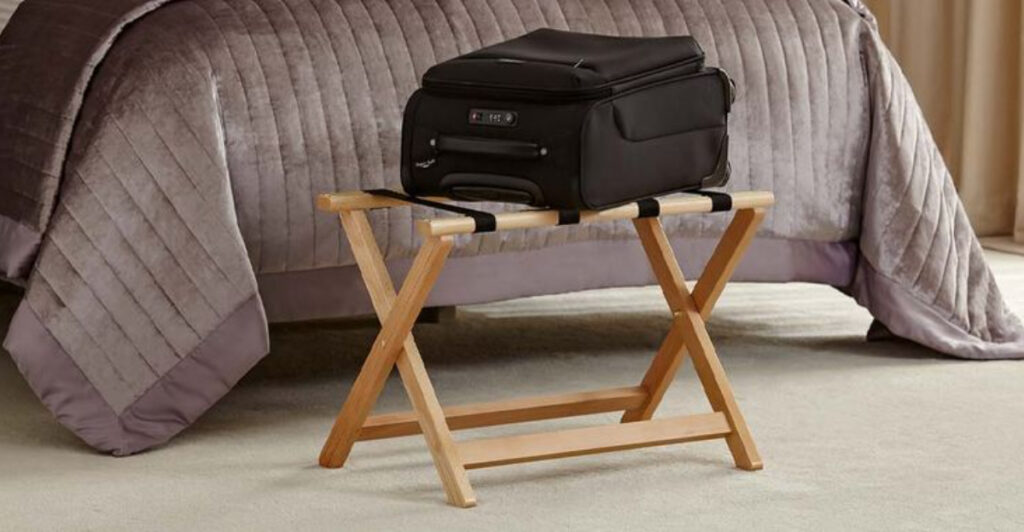Hotel luggage racks seem like a helpful addition to your room, designed to keep your suitcase off the floor and organized. Most travelers automatically place their bags on these convenient stands without a second thought. However, these seemingly innocent fixtures harbor some nasty secrets that could affect your health and belongings. Understanding what lurks on these racks might change how you handle your luggage during your next hotel stay.
1. Bacteria and Germs Collect on Rack Surfaces
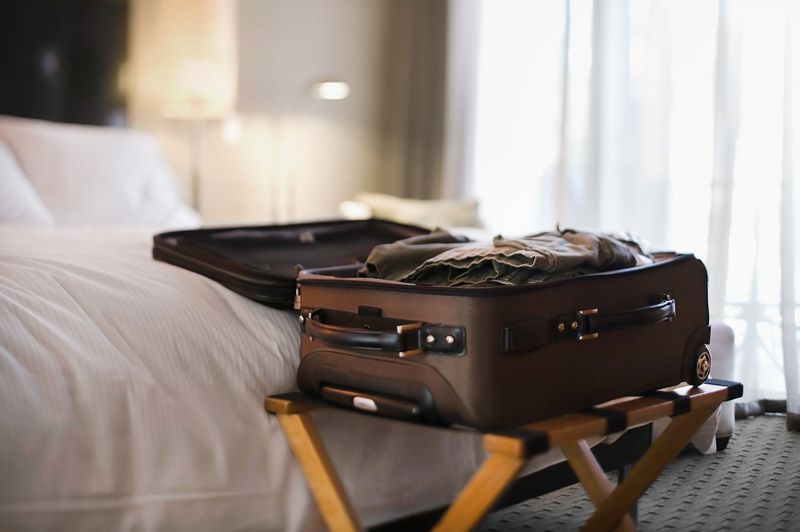
Housekeeping staff rarely give luggage racks the same thorough cleaning attention as beds or bathrooms. Your suitcase carries dirt and germs from airplane floors, taxi trunks, and busy sidewalks.
When placed on racks, these contaminants transfer and accumulate over time. Multiple guests unknowingly add to this growing collection of bacteria.
Every surface becomes a breeding ground for harmful microorganisms that can easily spread to your clean clothes and personal items inside your luggage.
2. Bed Bugs Love Hiding in Rack Components
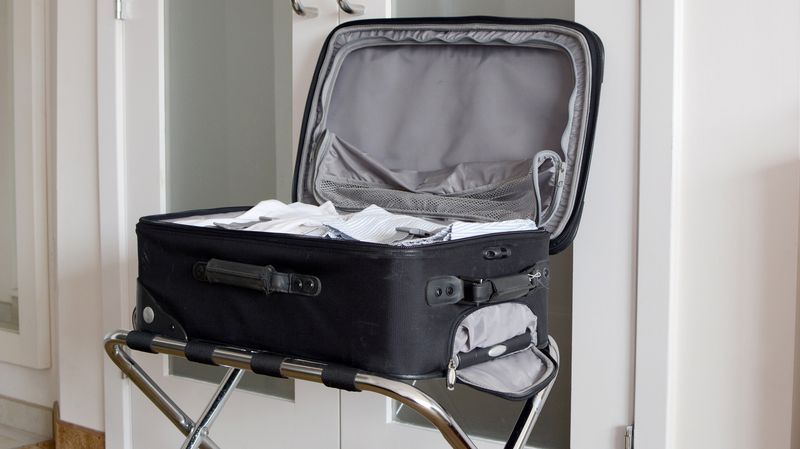
Bed bugs consider luggage racks prime real estate for their hiding spots. These pests crawl from nearby beds and upholstered furniture straight onto the rack’s fabric straps and hollow metal legs.
Once settled, they wait patiently for unsuspecting luggage to arrive. Your suitcase becomes their perfect vehicle for hitchhiking back to your home.
Even racks positioned away from beds aren’t safe, as bed bugs can travel several feet to reach new hiding places and potential hosts.
3. Hidden Dirt Accumulates in Fabric Straps
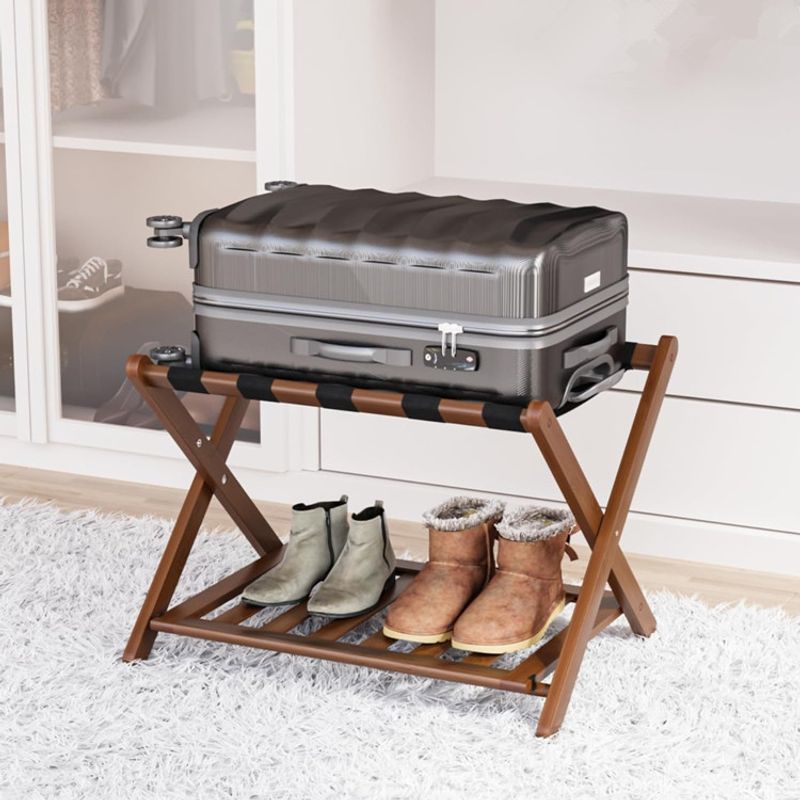
Luggage rack straps create perfect traps for dust, dead skin cells, and mysterious debris from previous guests. The woven fabric design makes thorough cleaning nearly impossible for housekeeping staff.
Deep within these crevices, allergens build up over months or even years. Each new suitcase disturbs this hidden collection, sending particles into the air.
Sensitive travelers often experience unexplained sneezing or skin irritation after contact with these contaminated surfaces without realizing the source.
4. Unstable Frames Risk Damaging Your Belongings
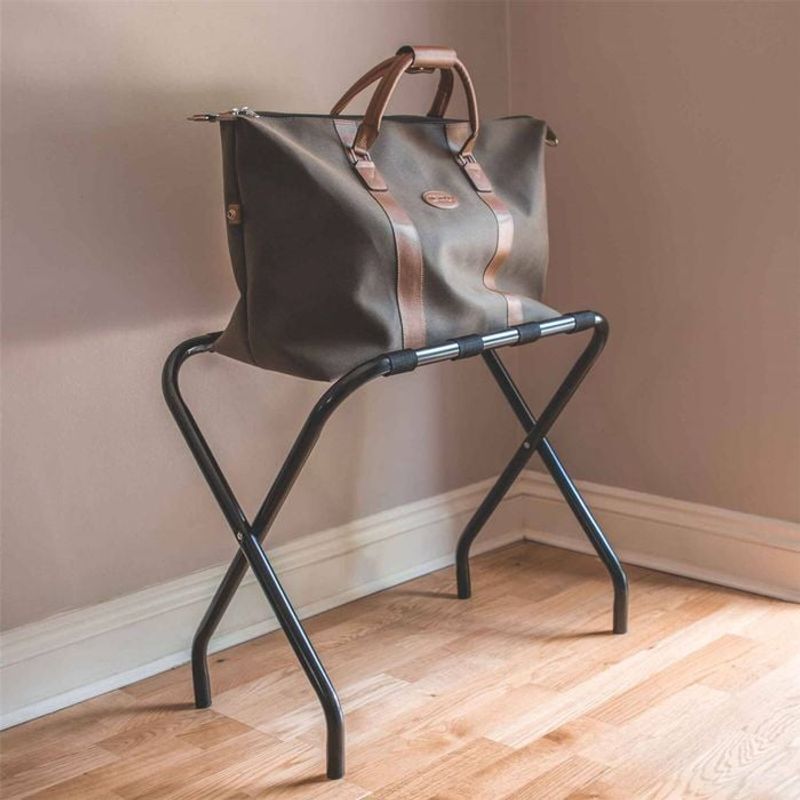
Many hotel luggage racks suffer from wobbly legs and loose joints after years of use and abuse. Heavy suitcases can cause these weakened structures to suddenly collapse without warning.
Your expensive luggage could crash to the floor, potentially breaking zippers, wheels, or damaging fragile contents inside. Some travelers have even reported minor injuries from falling racks.
Budget hotels often use cheaper, flimsier racks that weren’t designed to handle modern oversized suitcases and their heavy contents safely.
5. False Security Against Floor Contamination

Hotels market luggage racks as protection from dirty floors, but this creates dangerous overconfidence among travelers. Many assume elevated storage automatically equals cleaner, safer storage.
Reality proves different – racks often harbor worse contamination than floors because they’re cleaned less frequently. Floors get vacuumed and mopped daily, while racks might go weeks without attention.
This false sense of security prevents travelers from taking proper precautions, leaving their belongings more vulnerable than floor placement would.
6. Weight Limits Often Get Exceeded
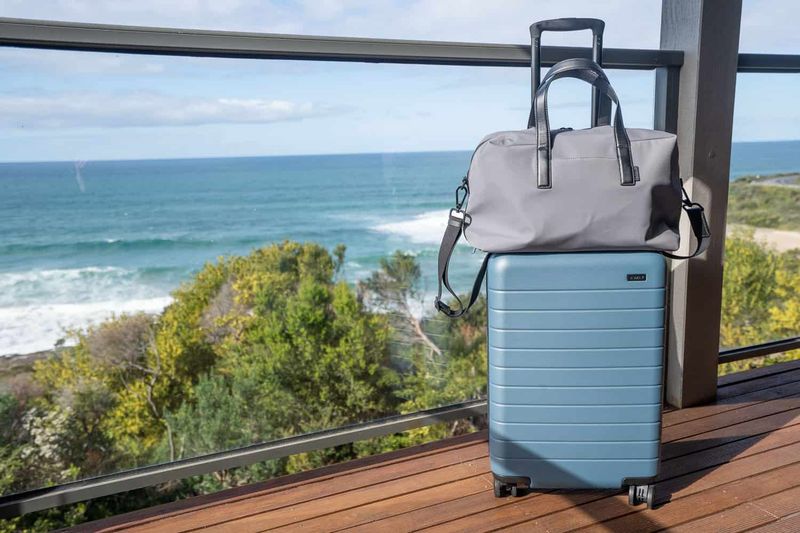
Most luggage racks weren’t designed for today’s oversized, overweight suitcases that airlines now allow. Modern travelers pack heavier than ever before, straining these aging fixtures beyond their limits.
Manufacturers typically rate racks for 50-75 pounds maximum, but many suitcases now weigh 70+ pounds when fully packed. Exceeding these limits causes gradual structural damage and sudden failures.
Hotels rarely replace racks until they completely break, meaning you’re using equipment that’s already compromised and dangerous for heavy luggage storage.
7. Bathroom Floors Offer Safer Storage
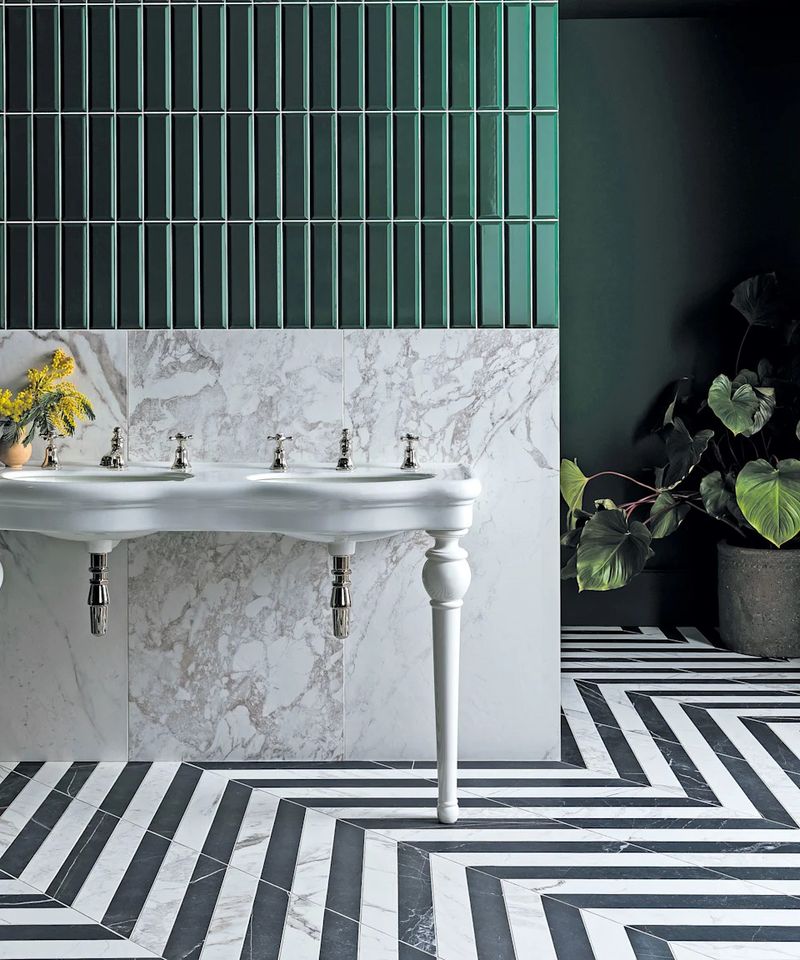
Bathroom tile floors provide the cleanest alternative storage space in most hotel rooms. Hard surfaces get thoroughly cleaned and disinfected daily, unlike fabric luggage racks.
Bed bugs rarely venture into bathrooms due to the lack of fabric hiding spots and frequent cleaning chemicals. Your luggage stays protected from pest infestations.
Tile surfaces allow easy inspection for cleanliness and quick wiping with your own disinfectant wipes. You maintain complete control over your storage area’s hygiene standards.
8. Luggage Covers Provide Essential Protection

Protective luggage covers or large plastic bags create barriers between your belongings and contaminated surfaces. These simple shields prevent direct contact with germs, bed bugs, and accumulated dirt.
Covers also make pest detection easier since bugs can’t penetrate the barrier to reach your clothes and personal items. Any hitchhikers remain on the outside where you can spot them.
Disposable plastic bags work perfectly for short trips, while reusable covers offer long-term protection for frequent travelers who want reliable luggage hygiene.
9. Hard Surfaces Beat Fabric Every Time
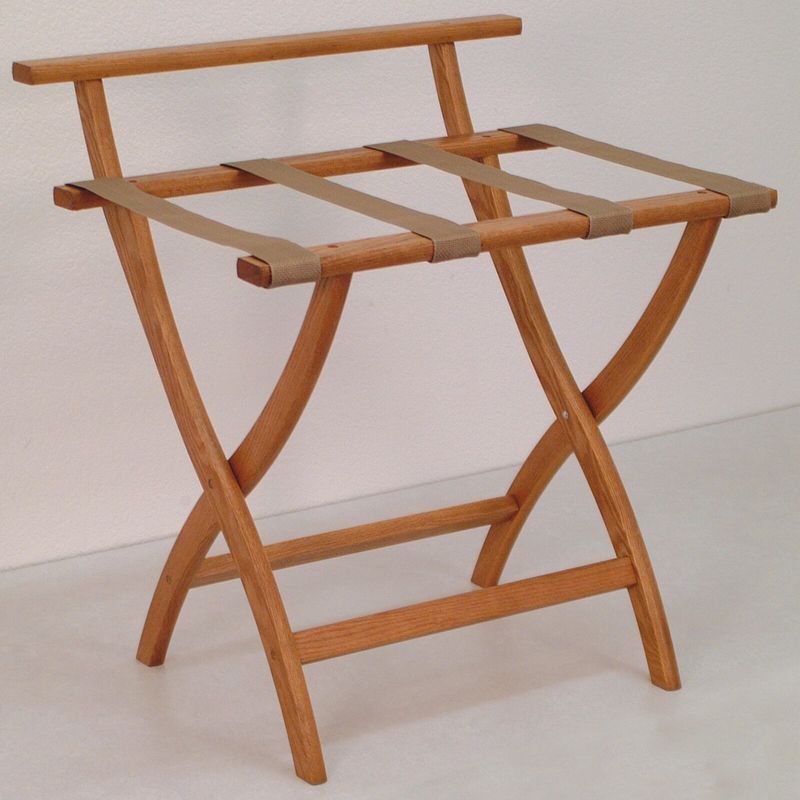
Desks, dressers, and other hard surfaces in hotel rooms offer superior storage compared to fabric luggage racks. Smooth surfaces resist pest infestations and clean easily.
You can quickly inspect hard surfaces for cleanliness and wipe them down with disinfectant before use. Fabric racks hide problems and resist proper cleaning efforts.
Solid furniture also provides better weight support than flimsy rack frames, protecting your expensive luggage from collapse damage while keeping belongings more secure and accessible.

